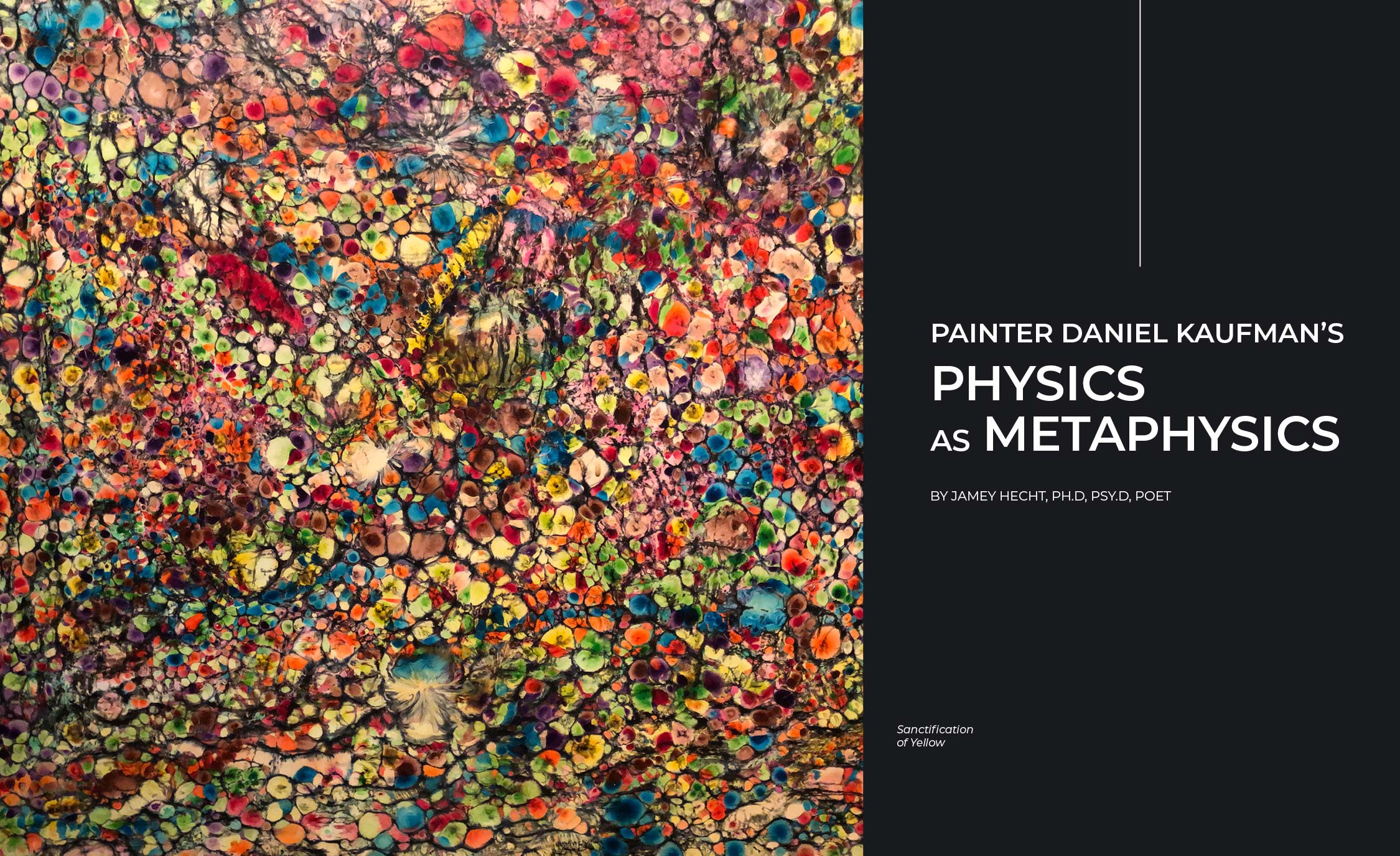Share Your Story with Trial Lawyer’s Journal
Trial Lawyer’s Journal is built on the voices of trial lawyers like you. Share your journey, insights, and experiences through articles, interviews, and our podcast, Celebrating Justice.
Stay Updated
Sign up for our newsletter to get the latest from TLJ.
Daniel Kaufman
Artist | Daniel Kaufman Artist
Meet Daniel
“…The people and atmosphere of this magic land became magic images. This is the kind of work that restores one’s faith in the alchemy of photography. Here is the fusion of mechanical and chemical tools with the spirituality and individuality of vision.” – Cornell Capa
Daniel Kaufman’s artistic odyssey began over five decades ago, when a simple gift—a camera for his Bar Mitzvah—set him on a lifelong path of creative exploration. His formal education in photography and fine art at Amherst College, where he graduated in 1973, laid the foundation for a career shaped by deep inquiry and artistic evolution. Immersing himself in Japanese art at Smith College and refining his craft through workshops with legends like Minor White, Paul Caponigro, and George Tice, Kaufman honed his ability to capture the unseen essence of the world.
His work soon garnered international recognition. As the first artist in any medium to receive a Fulbright Grant, Kaufman spent a year in Ireland seeking “the visual equivalent to the poetry of Yeats.” The result was the award-winning book IRELAND: PRESENCES, published in 1980 by St. Martin’s Press, and a prestigious exhibition at the International Center of Photography in New York City. Renowned curator Cornell Capa described Kaufman’s images as “the kind of work that restores one’s faith in the alchemy of photography.”
Yet, despite his success, Kaufman felt as though photography merely skimmed the surface of artistic expression. Longing for something deeper, he turned to painting, apprenticing under internationally exhibited artist Max Shertz. Under Shertz’s guidance, Kaufman moved beyond the external world, embracing a more profound, introspective process. His art became an act of surrender—stilling the mind, silencing the ego, and connecting with what Shertz called the Inner Artist.
Today, Daniel Kaufman’s work is an invitation to transcend the surface, to experience art as a portal to something beyond the visible. His paintings are not merely images but meditative spaces—expressions of creativity unfettered by preconception or fear. For Kaufman, art is not about what is seen, but what is felt, understood, and ultimately, liberated.
Contributions

Painter Daniel Kaufman’s Physics as Metaphysics
Explore Volume 1
The inaugural edition of the Trial Lawyer's Journal set a new standard for law journal publications. With limited ads and one-of-a-kind content, it was created to celebrate wins both in and outside the courtroom.
